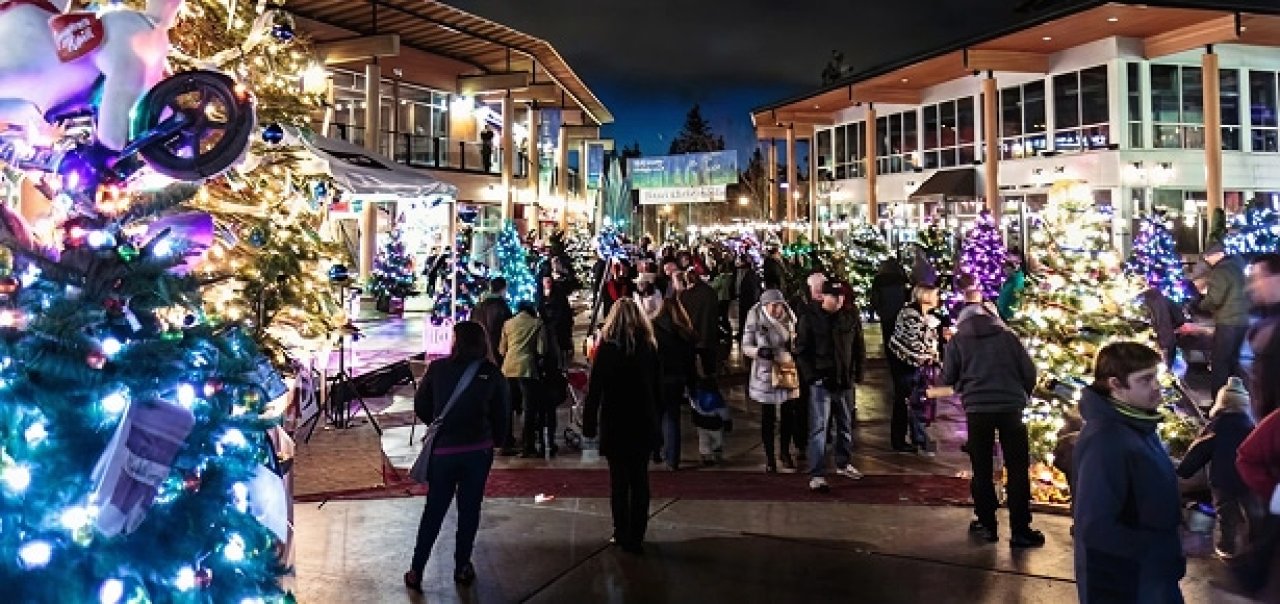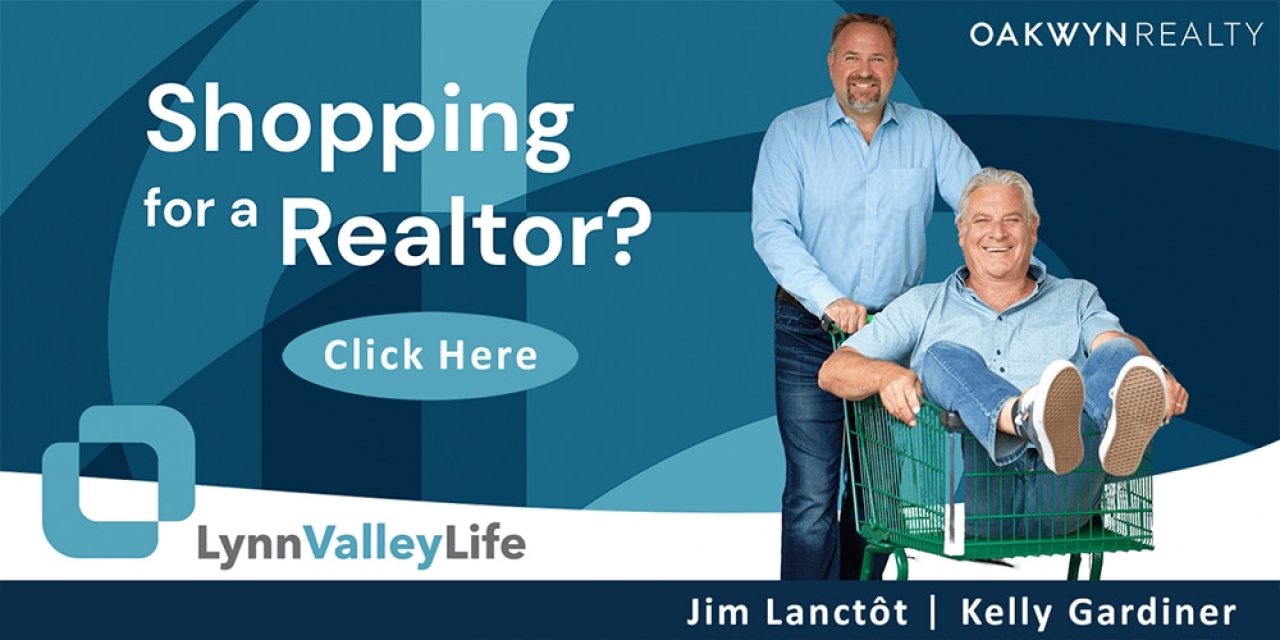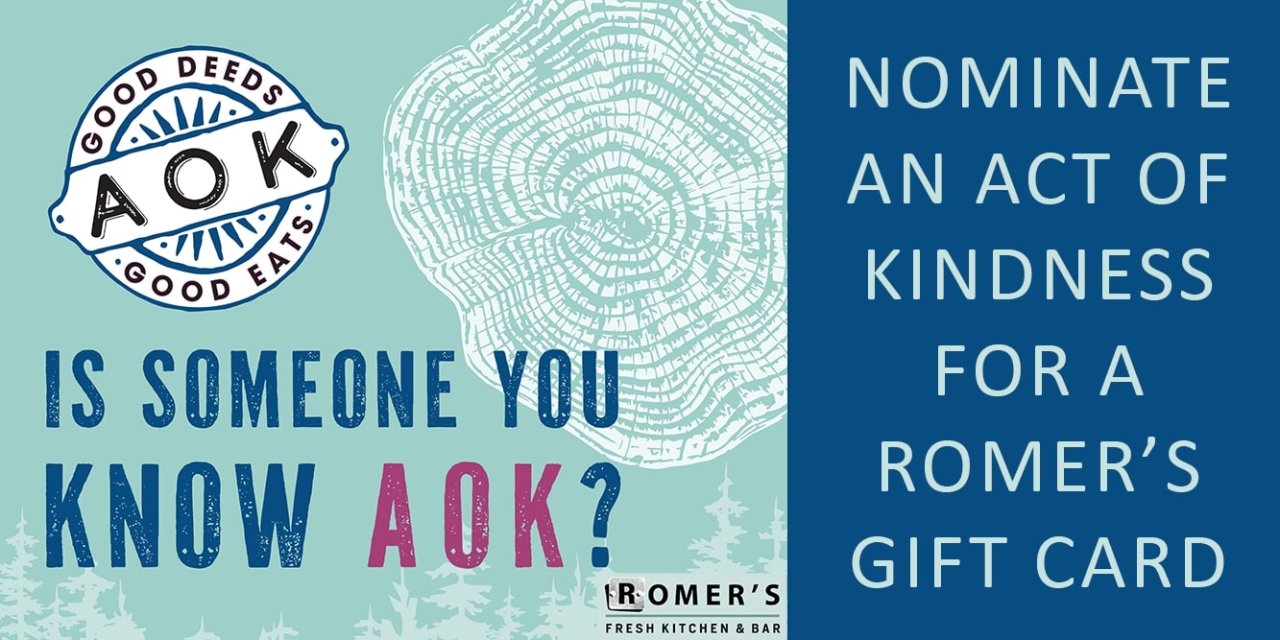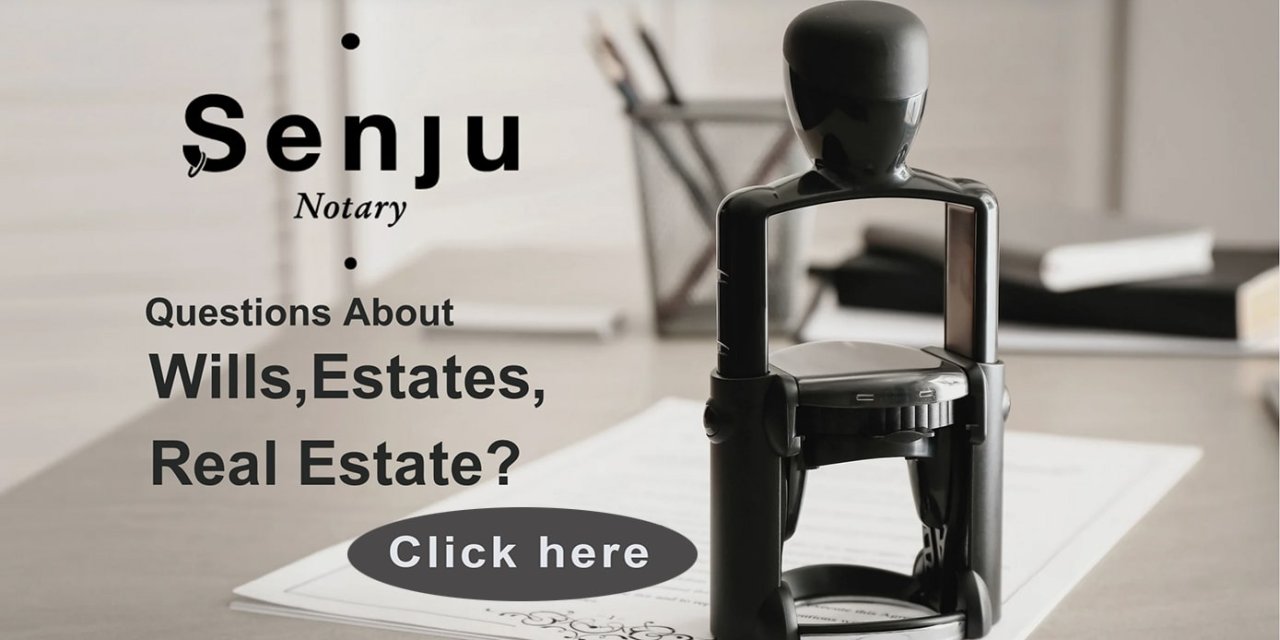News
& Events
Hi there neighbours, and a very warm welcome to our blog. Where the real news of a community is shared. Sit down and stay awhile…. and check back regularly, so we can keep you in the Lynn Valley loop.
Filter by Category
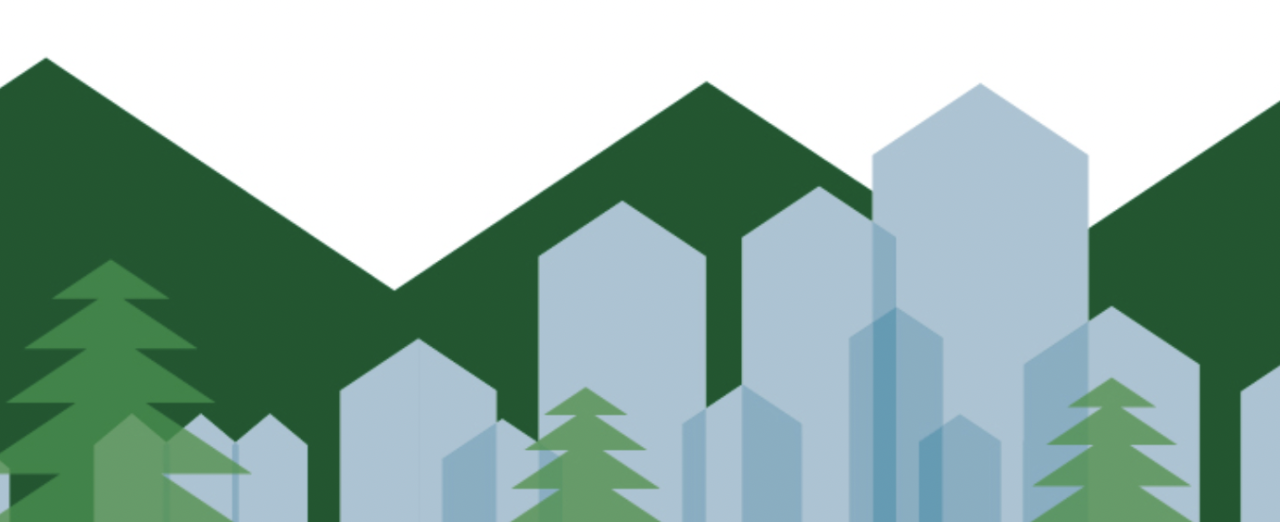
October 5, 2025
Official Community Plan Update
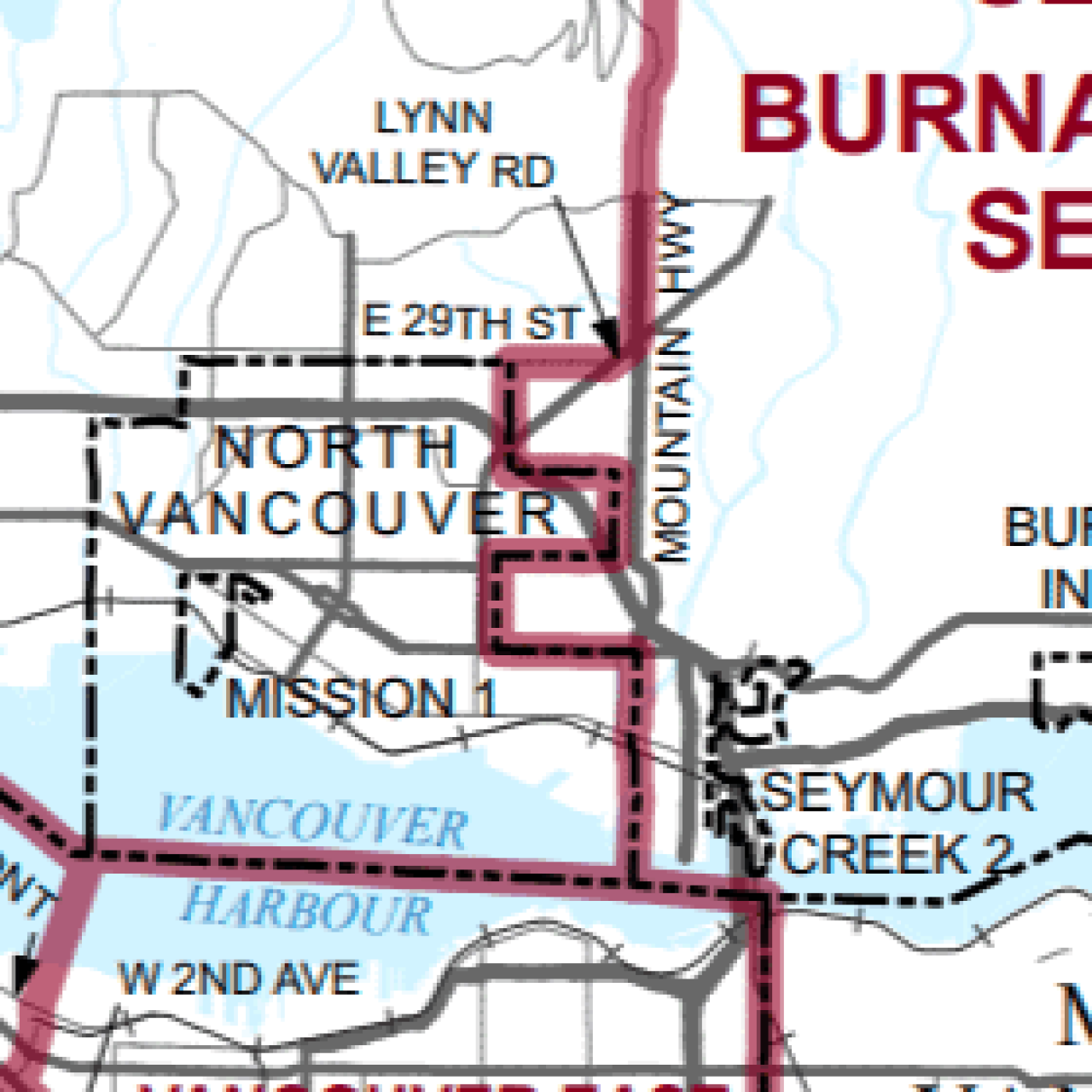
May 8, 2025
April 2025 Election Results
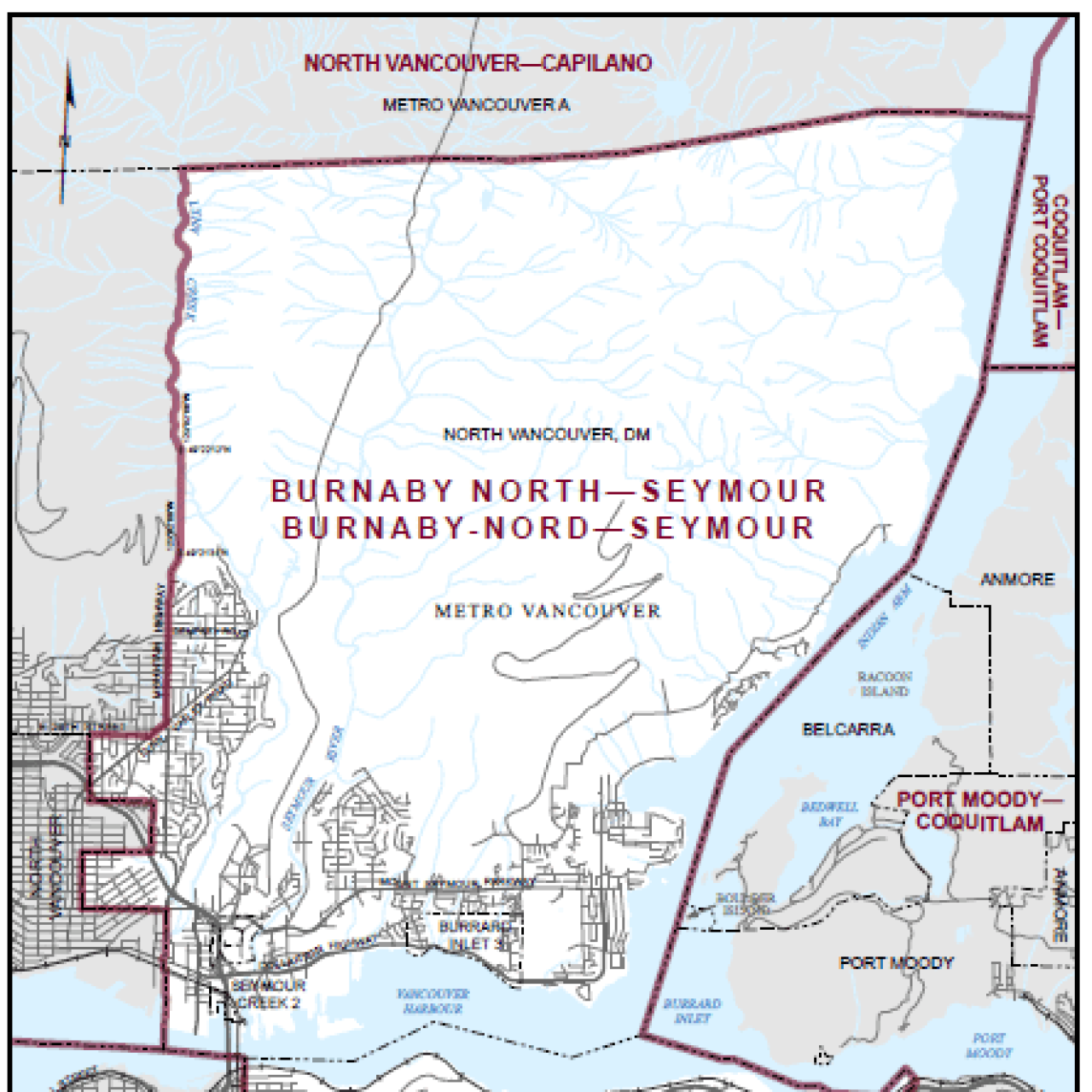
April 20, 2025
Burnaby North-Seymour Candidates
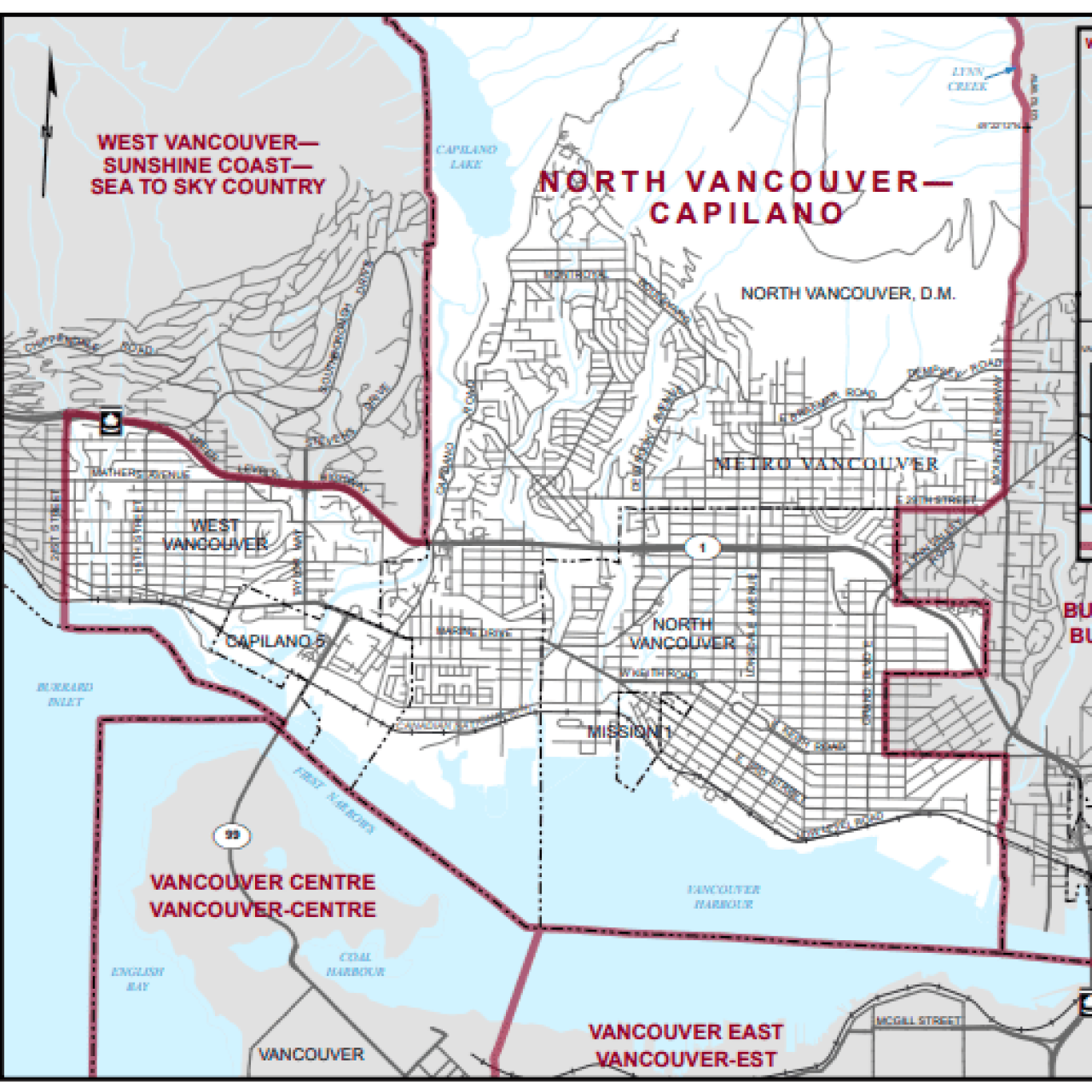
April 20, 2025
North Vancouver-Capilano Candidates
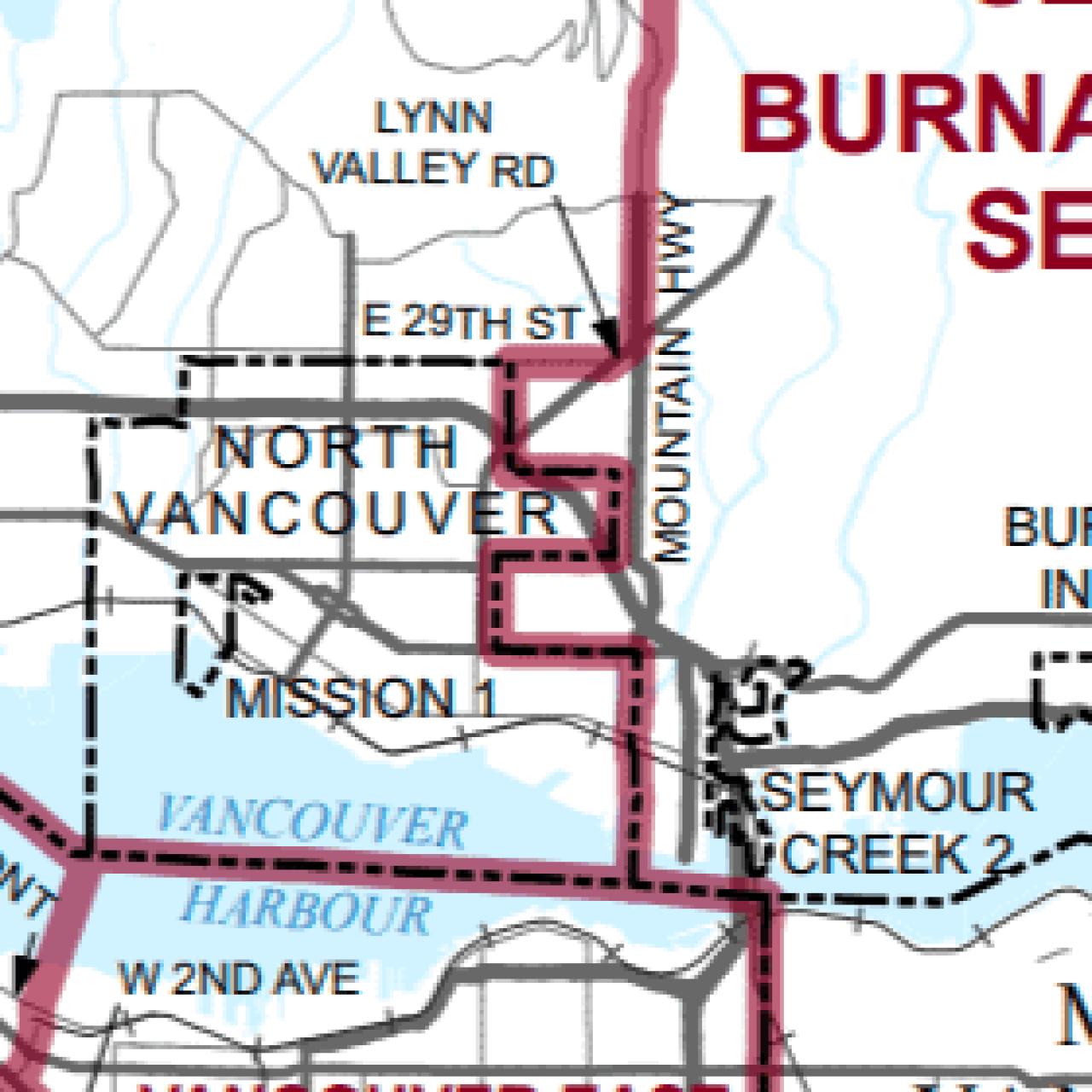
April 2, 2025
Lynn Valley will split the election
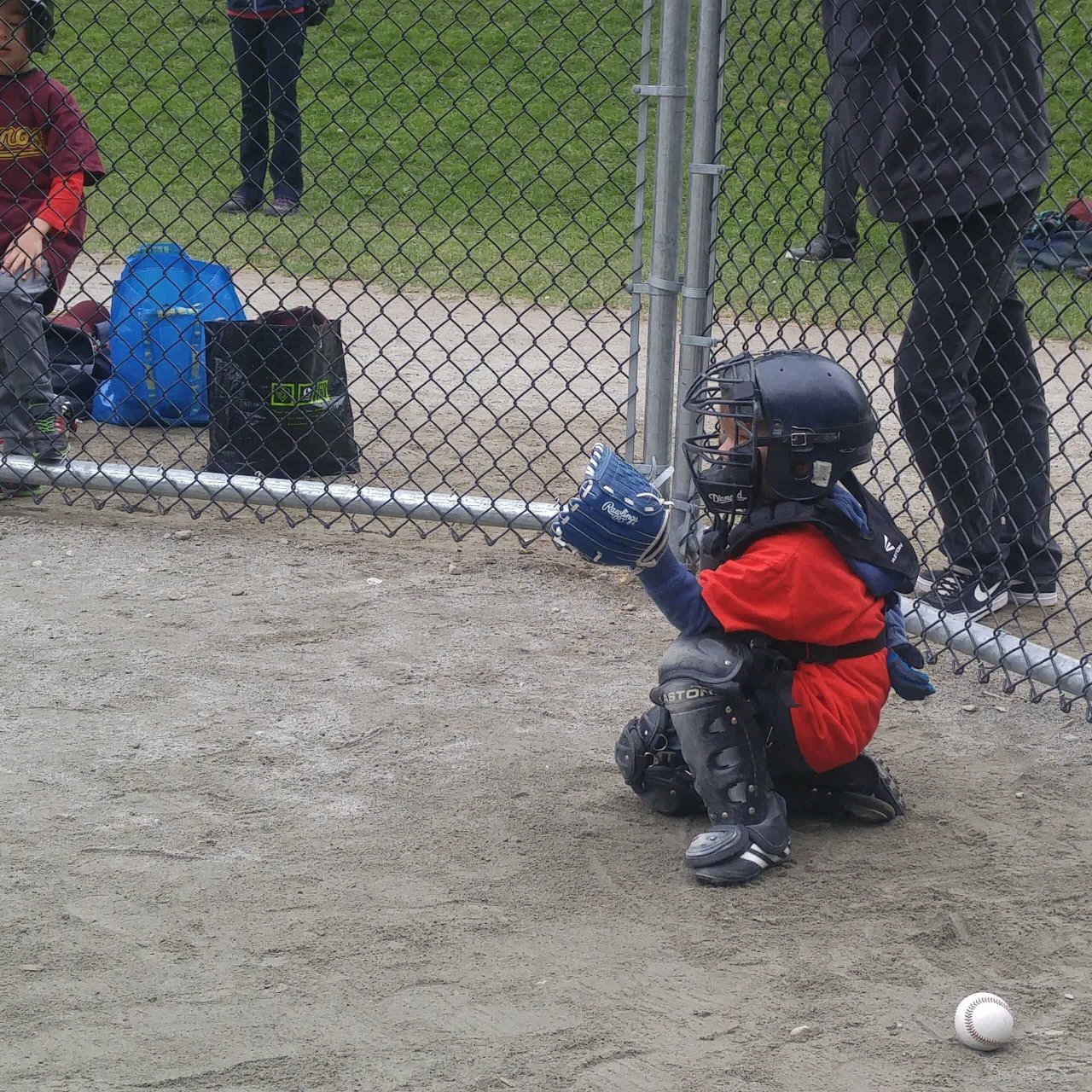
February 4, 2025
Concerns over turf territory
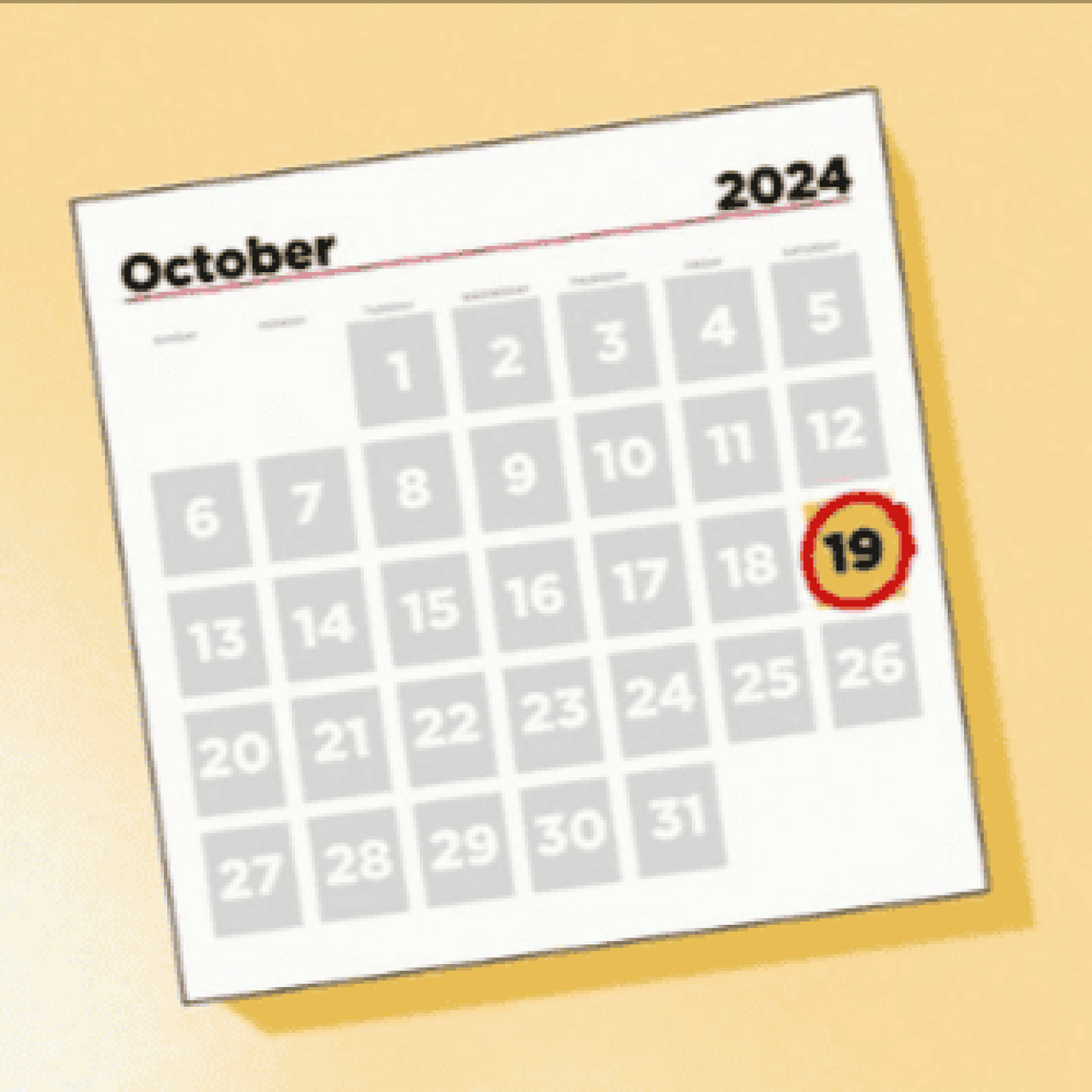
October 3, 2024
Meet the local candidates
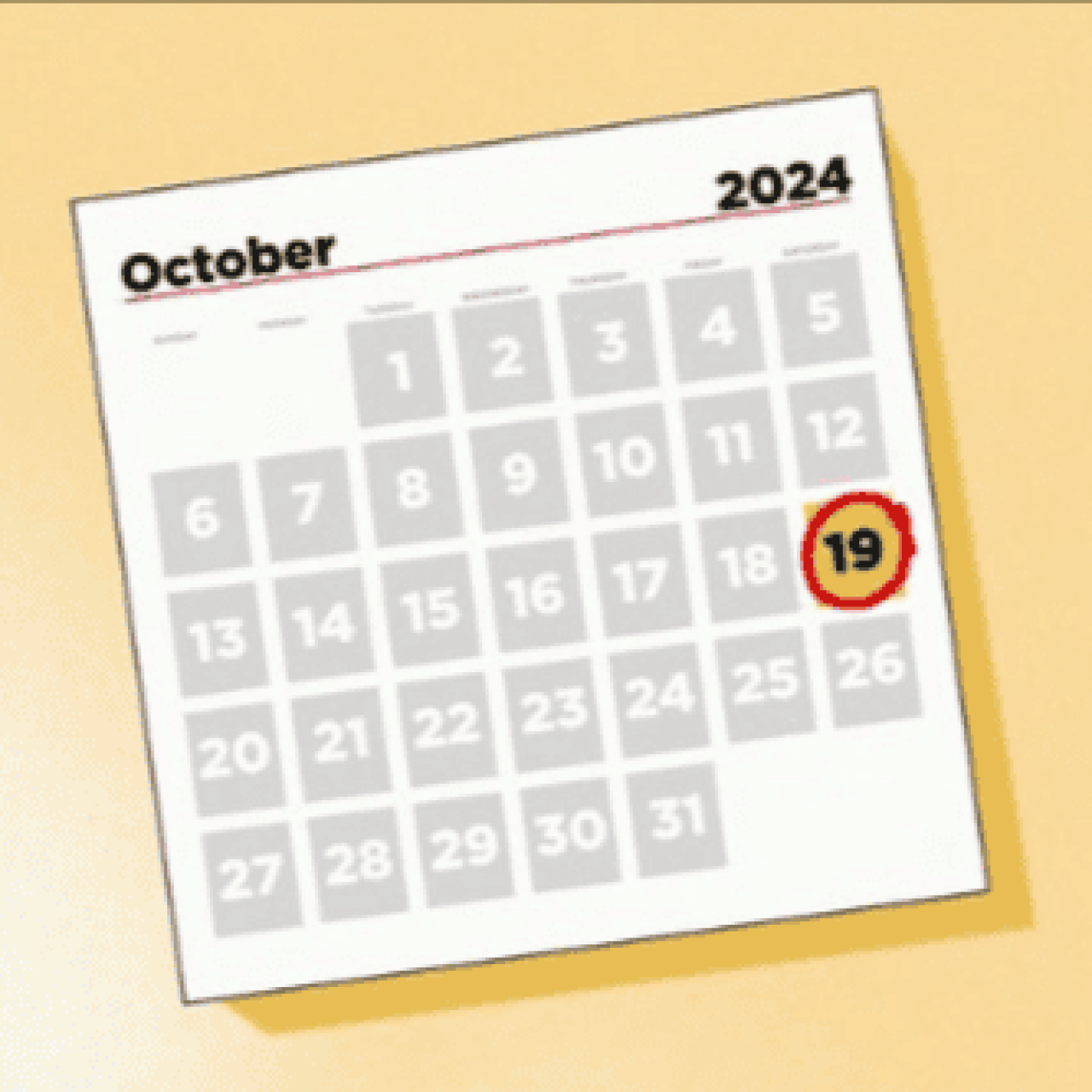
September 5, 2024
Provincial priorities - Election 2024
Community Calendar
-
Dec 56:30 PM - 8:30 PMRoyal Canadian Legion Branch 114, 1630 Lynn Valley Rd, North Vancouver, BC V7J 2B4, Canada
-
Dec 6
Wreath Workshop
1:00 PM - 2:30 PMLynn Canyon Ecology Centre 3663 Park Rd, North Vancouver BC V7J 3G3, Canada -
Dec 6
Meat Bingo
2:00 PM - 4:00 PMRoyal Canadian Legion Branch 114, 1630 Lynn Valley Rd, North Vancouver, BC V7J 2B4, Canada -
Dec 6
North Shore Authors Collection Book Sale
3:00 PM - 5:00 PMLynn Valley Library 1277 Lynn Valley Rd, North Vancouver BC V7J 0A2, Canada
